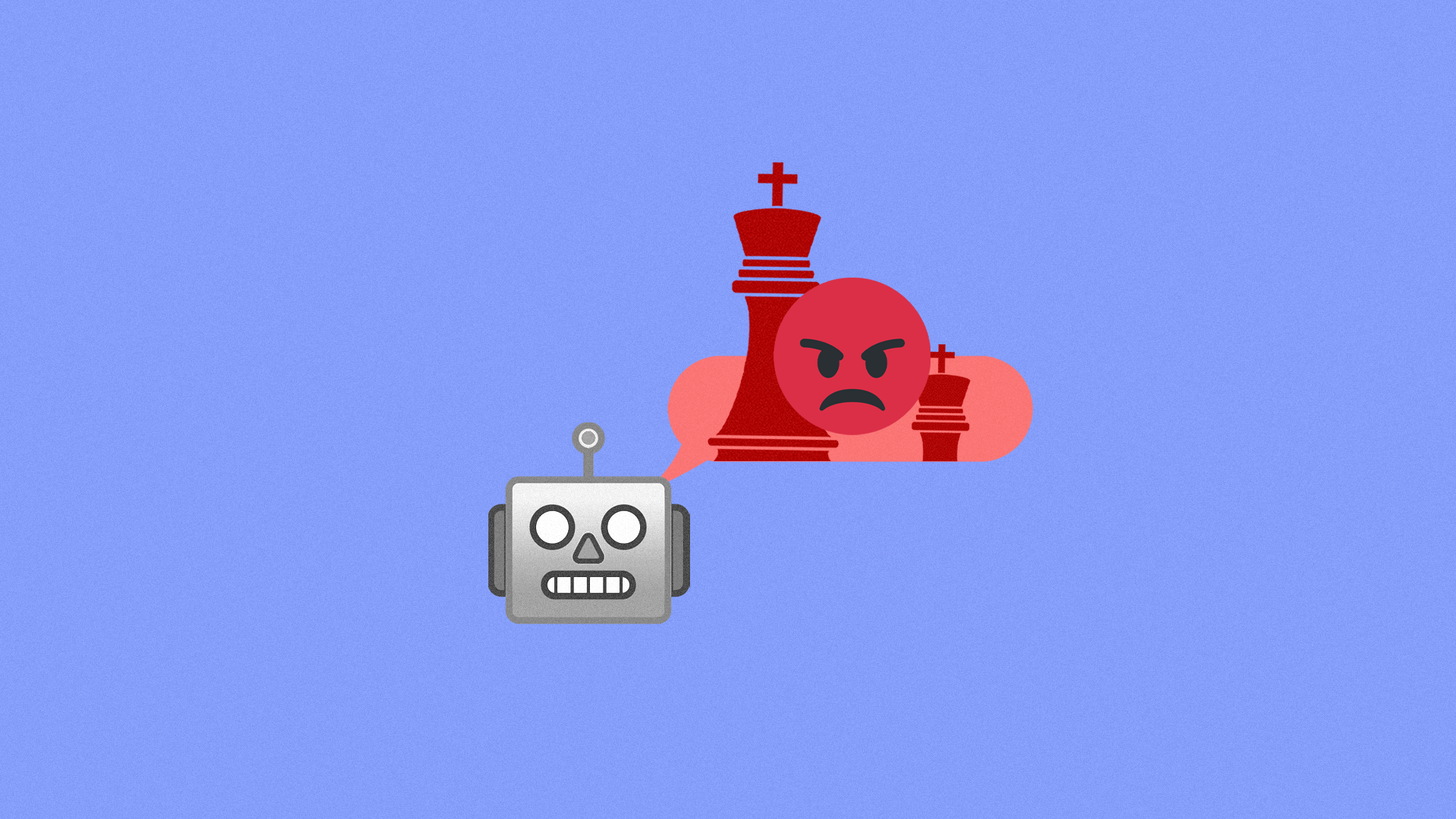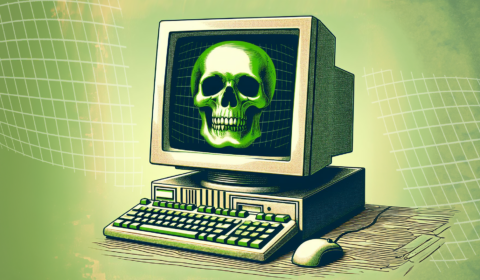Still, it’s one of many industries and sporting events that are slowly implementing more automation and robotics into daily practice. Whether it’s hawk eye technology for tennis, VAR for international football, or even malicious, bad-tempered chess opponents, technology is becoming an increasing presence in our working world.
Should we be concerned about this trend? Perhaps more pressingly, should we be wearing protective gloves next time we crack out grandma’s chess set at the family brunch?
President of the Moscow Chess Federation, Sergey Lazarev, confirmed that the ‘robot broke the child’s finger’ and thoughtfully added that ‘this is of course bad’. Indeed.
The key issue with robots is that they do not have empathy, nor do they care if a human limb gets in the way of an intended manoeuvre. A 2015 study found that one person is killed each year in the US from industrial robot accidents, for example.
Most ‘occupational accidents’ since the turn of the century involving automated machines have resulted in death. Between 2008 and 2013, 144 people died as a result of robot error during medical surgery, and there was also that woman run over by an automated Uber car in 2018.
Still, human error is the most common cause of deaths or accidents involving robots. The child from the chess tournament was found to have taken his turn too quickly and ‘hurried’, not allowing the mechanical arm to fully shift through its intended stages of play.
Automation is also creeping into our arts and humanities sectors, impacting employment rather than our physical wellbeing.
We’ve written before about DALL-E, a new, open software that creates paintings and images based on user inputted prompts. These types of innovations could be disruptive for independent artists and turn many stock photography companies obsolete if it becomes effective and accessible.
The reality is that robots will continue to become a big part of our lives. Whether or not we’re eventually taken over by self-aware AI is up for debate, but there’s no stopping its steady progression into mainstream avenues and industries.
For now, though, the main takeaway is that robot chess arms can be a threat if you don’t take your time when making a move. Best to take it steady, eh?




















